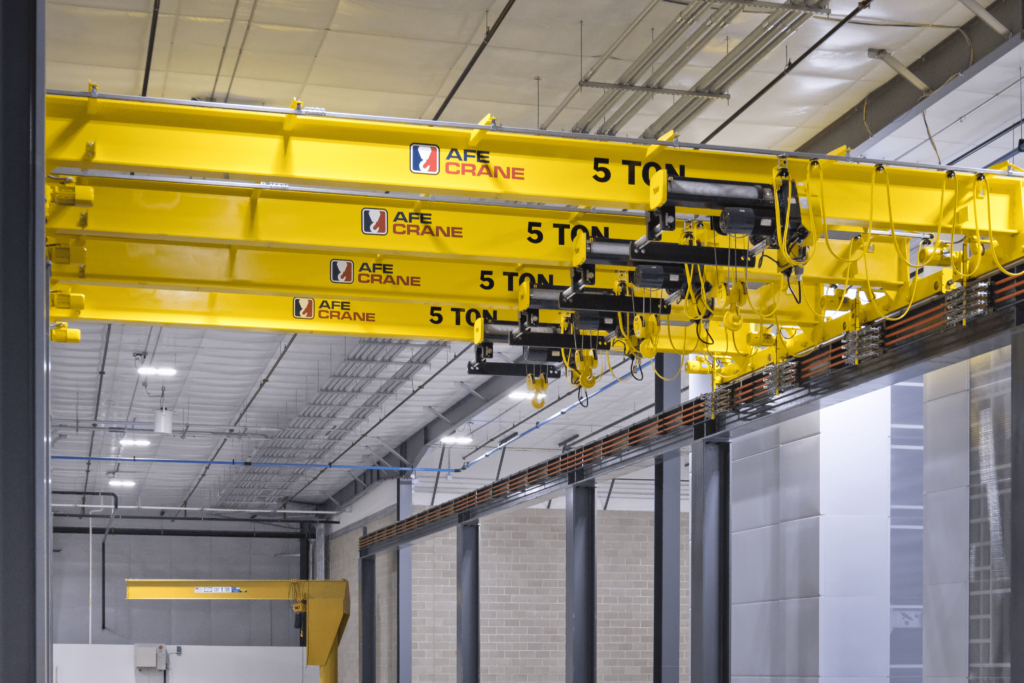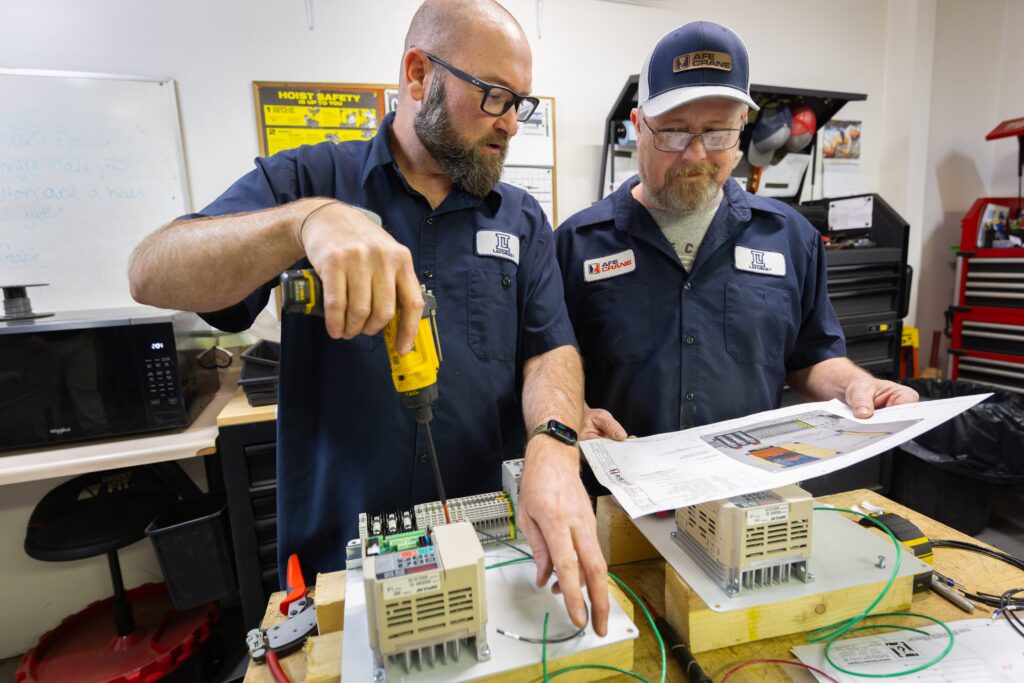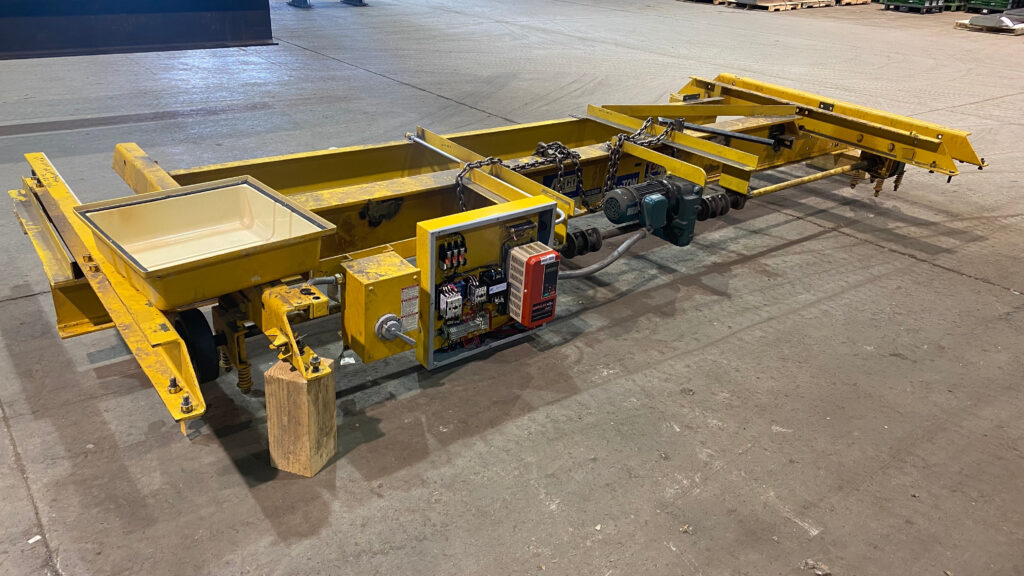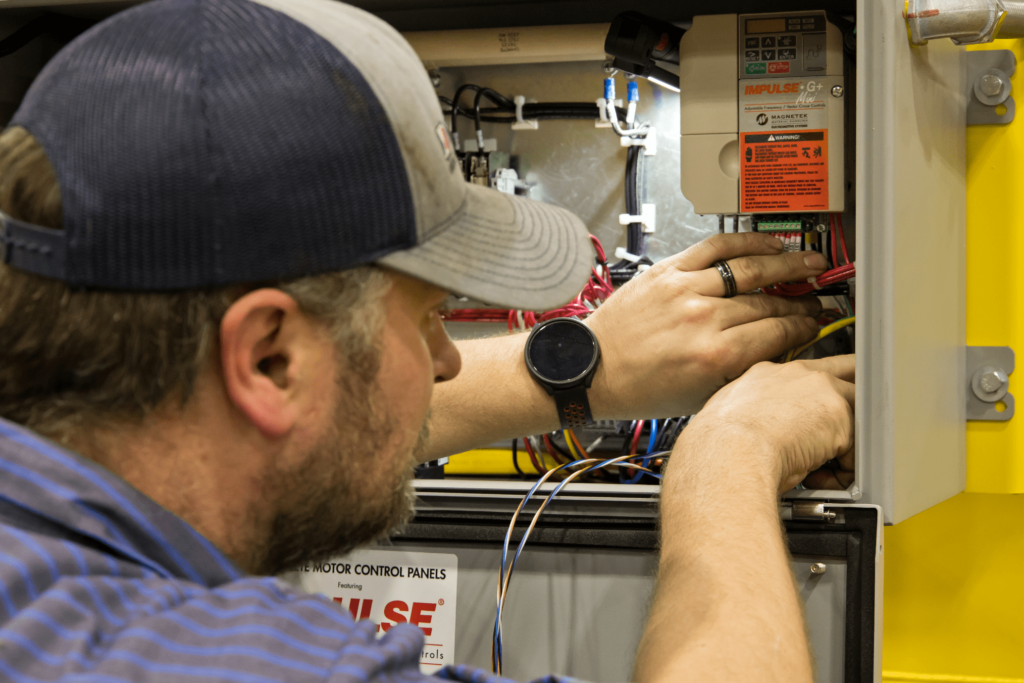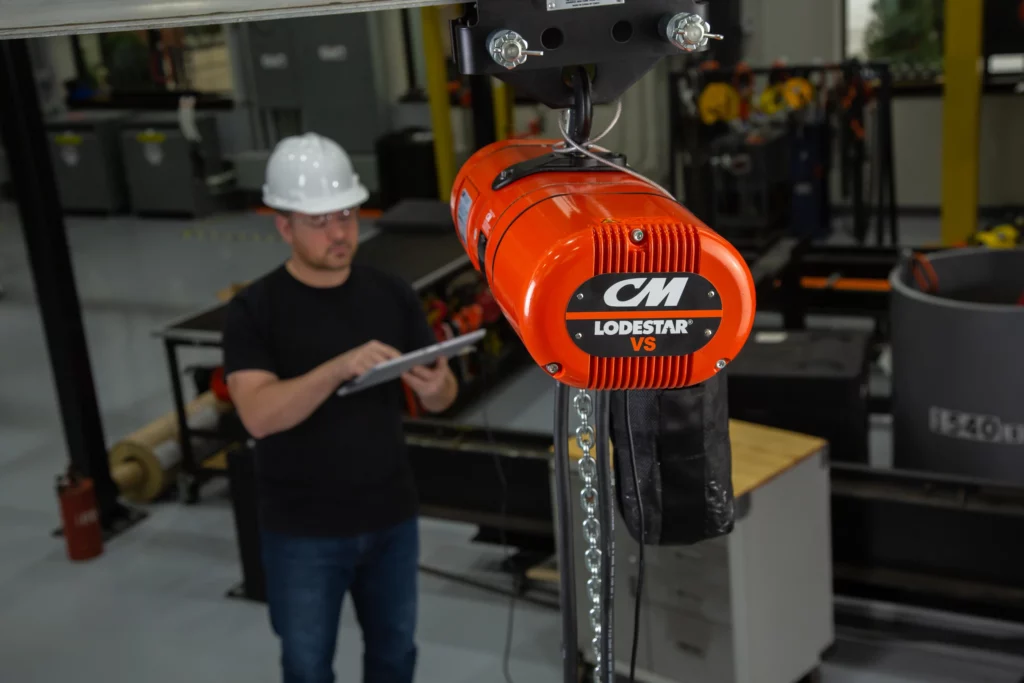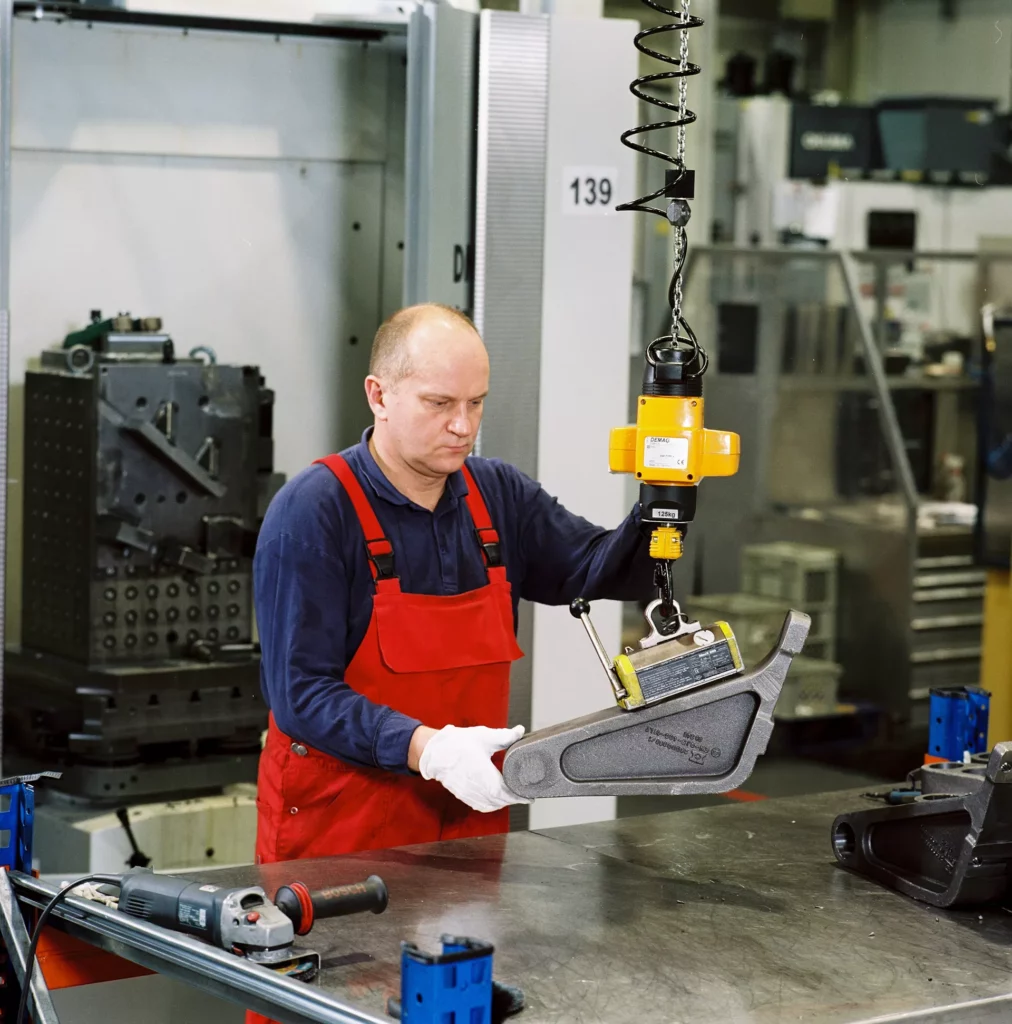Investing in an overhead crane is a major decision that impacts your facility’s efficiency, productivity, and safety. The right crane can enhance operations, while the wrong choice can lead to costly issues down the road. To help you navigate this process, we’ve compiled key factors you should consider before purchasing a crane.
Duty Classification: Choosing the Right Crane for Your Workload
One of the most critical aspects of selecting a crane is determining its duty classification. How often will your crane operate, and how many cycles will it go through daily? Selecting a crane rated for your workload ensures that your equipment is both cost-effective and durable. Underestimating your duty cycle can lead to premature wear, costly downtime, and potential safety risks.
At AFE Crane, we work with customers to determine the appropriate duty classification for their specific application, ensuring long-term performance and reliability.

Understanding Your Environment: Temperature, Moisture, and More
The environment in which your crane operates is another essential factor. Will it be exposed to:
- Extreme temperatures (hot or cold)?
- High humidity or direct exposure to water?
- Dust, corrosive substances, or explosive/hazardous chemicals?
Environmental conditions impact material selection, motor protection, and operational safety. For example, hazardous locations require explosion-proof components, while corrosive environments may necessitate stainless steel or special coatings. We assess these factors to provide a crane that is built to last and safe to operate.

Planning for Future Growth
When purchasing a crane, think beyond your immediate needs. Many companies invest in a crane designed for a specific task, only to outgrow its capacity as their business evolves. Expansion can bring new opportunities that may require:
- A higher load capacity
- Greater lifting height
- Extended runway length or bridge span
By considering potential growth now, you can save time and money in the future. AFE Crane works closely with customers to design systems that accommodate both current and future needs.
Crane Dimensions: Maximizing Your Facility’s Space
Proper crane selection involves more than just capacity and duty cycle—it also requires careful consideration of dimensions. Key measurements to evaluate include:
- Building height & available clearance: Ensuring enough space for hoist travel and installation
- Runway length: Matching the crane’s movement to your workflow
- Hook approach: Optimizing how close the hoist can get to walls or obstacles
- Span and support structures: Determining whether additional reinforcement is needed
Each of these factors plays a crucial role in ensuring your crane fits and functions optimally within your facility. Our team assists in evaluating your workspace to provide a crane solution tailored to your operational layout.
Partnering with Trusted Vendors
AFE Crane partners with industry-leading manufacturers to provide high-quality hoists, trolleys, and other crane components. Our trusted vendor network allows us to offer reliable solutions tailored to your specific application. A detailed list of our vendors can be found here.
Let’s Build the Right Crane Solution for You
At AFE Crane, we take a consultative approach to crane selection, ensuring that you get a system designed for performance, longevity, and safety. Whether you need a single girder bridge crane for light-duty work or a custom-engineered system for heavy-duty applications, our team is here to help.
Contact us today to discuss your project and find the right crane solution for your facility!
